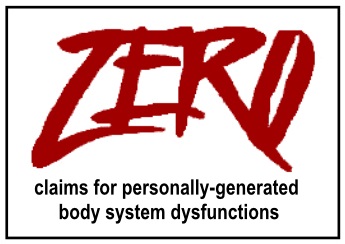|
|
|||||||||||||||||||||||||||||||||||||||||||||||||||||||||||||||||||||||||||||||||||||||||||||||||||||||||||||||||||||||||||||||||||||||||||||||||||||||||||||||||||||||||||||||||||||||||||||||||||||||||||||||||||||||||||||||||||||||||||||||||||||||||||||||||||||||||||||||||||||||||||||||||||||||||||||||||||||||||||||||||||||||||||||||||||||||||||||||||||||||||||||||||||||||||||||||||||||||||
|
|
WORKPLACE ACCIDENT INSURANCE BLUEPRINT |
||||||||||||||||||||||||||||||||||||||||||||||||||||||||||||||||||||||||||||||||||||||||||||||||||||||||||||||||||||||||||||||||||||||||||||||||||||||||||||||||||||||||||||||||||||||||||||||||||||||||||||||||||||||||||||||||||||||||||||||||||||||||||||||||||||||||||||||||||||||||||||||||||||||||||||||||||||||||||||||||||||||||||||||||||||||||||||||||||||||||||||||||||||||||||||||||||||||||
|
|
|
||||||||||||||||||||||||||||||||||||||||||||||||||||||||||||||||||||||||||||||||||||||||||||||||||||||||||||||||||||||||||||||||||||||||||||||||||||||||||||||||||||||||||||||||||||||||||||||||||||||||||||||||||||||||||||||||||||||||||||||||||||||||||||||||||||||||||||||||||||||||||||||||||||||||||||||||||||||||||||||||||||||||||||||||||||||||||||||||||||||||||||||||||||||||||||||||||||||||
|
workers compensation claims for personally-generated body system dysfunctions
THE DILEMMA
One of the great work health and safety dilemmas is how to successfully deal with a workplace accident insurance scheme that has, over the years segued into a personally-generated body system dysfunction rehabilitation and income protection scheme.
Think about it: how can anyone injure themselves sitting in a cage 2m square typing letters and answering the phone – or turning a steering wheel? These are the safest workplaces yet to be invented
The implications arising from this shift in focus have been widespread:
Organisations should be thankful that more people don’t lodge more workers compensation claims, particularly when our surveys show that around 50% of people rate the current condition of their musculo-skeletal system at 5/10 or worse.
NOMENCLATURE
Just the very name, ‘workers
compensation’ sends the wrong message. Albert Ellis would put
this in his 'musts' category of fallacies. THE PULL FACTOR
THE GRAVY TRAIN
The breakdown in legislative and corporate oversight has created a gravy train for insurers, doctors, specialists, rehab providers, passive manipulative therapists and lawyers.
THE DISTINCTION
Workplace health and safety managers, along
with workplace accident insurers need to be able to make the
distinction between in the background.
THE WORKERS COMPENSATION FIREWALL
The right to universal health
care and the right to the benefits of workers compensation
(under current legislation) are attended by the responsibility
of
THE WORK-FIT ASSESSMENTS
If you don’t aim for a work-fit standard
you’ll be kicking yourself when some slaps a claim form on your
desk because they ‘injured their back’ while cleaning their
desk.
It makes good sense to be interested in your
staff’s work-fit condition out of a duty of care and concern.
Presenteeism means people are at work but
they’re under-performing. Sickies means they’re under-performing
and they’re not at work.
THE CHOICE - the old way or the new way -
THE UNEVEN PLAYING FIELD
Current workers compensation laws are unfair.
There needs to be a signed workers compensation insurance
contract between each employee, their employer and insurer,
setting out clearly the obligations on both sides to promote
staff health, fitness and wellbeing.
YOUR INSURER IS NOT BETTING WITH THEIR MONEY
Your workers compensation 'insurer' is an escrow agent. If they were an insurer they'd be betting with their money. As it stands they're betting with your money.
Your insurer is betting with your money
Most government and corporate workers compensation schemes are set up so that the insurer isn’t betting with their own money. They don't rate premiums against individual risk. They don't measure individual risk - you have to do it yourself - or be taken to the cleaners.
In effect insurers are acting as escrow agents.
If they were betting with their own money they’d be more diligent in
POST HOC ERGO PROPTER HOC FALLACY At the heart of many workers compensation claims lies the ‘post hoc ergo propter hoc’ fallacy. The fallacy goes something like this: if ‘A’ occurs before ‘B’, then ‘A’ must have caused ‘B’. Other factors, such a ‘C’, ‘D’ and ‘E’ are not considered. In the workers compensation arena the fallacy becomes; ‘If I lift a ream of paper off the table (A), and I herniated a disc (B), then the act of lifting the ream of paper off the table must have caused the disc to herniate.’ The underlying causes of the herniation - weak muscles ‘C’, tight muscles ‘D’ and a spinal column already out of alignment ‘E’ – are not given any consideration. Neither is the fact that lifting a ream of paper off a table is something people ought to be able to do without herniating a disc. The incident gets the blame. Nine times out of ten, the medical industry falls for this fallacy. 99% of lower back pain is blamed on a herniated disc which is, in turn, blamed on an incident. The underlying evidence of the cause remains hidden from view. So much for evidence-based medicine.
OPEN SLATHER FOR PEOPLE IN POOR CONDITION
If organisations are going to have an ‘open slather’ approach to accepting claims from people in poor physical condition, the only way they can protect the organisation from vexatious claims is to measure the risk of every one of their employees, document the risk, then manage the risk.
The key performance indicators of poor physical condition are
AMBULANCE CHASERS
If an organisation is going to establish its own workers compensation scheme it will need to make it lawyer proof. This is why it will need a watertight risk assessment, risk management and documentation strategy.
When ex-rugby players are being used as touts for ambulance-chasing, no-win-no-fee legal firms, you know the legal industry is feeding off poor legislation, ill-prepared employers and lazy insurers. PAYOUTS
Unless the circumstances are highly exceptional, don’t do payouts and don’t guarantee long term compensation unless it is for people who are suffering from serious accidental injury or deep seated post traumatic stress. In most organisations, very few people fall into this category.
You’d be irritated to the core to pay someone $500,000 and then find out that a couple of months they’d had a miraculous recovery and were back working for someone else.
But you’d be haunted for life if you found out that someone who was injured and paid out, never got better and ended up living a life of misery. Out of sight doesn’t always mean out of mind.
LONG TERM CLAIMANTS
There are people in
organisations who have been on workers compensation for months,
if not years.
I don’t know of any organisation that has a spreadsheet, where each employee has against their name a risk score that’s been converted into a dollar figure. Having such a system in place would concentrate a few minds.
Take a look at the spreadsheet on this link:
http://www.pro-activerehab.com/musculo-skeletal_health/evidence.html
You can see we’ve added a monetary value to the risk rating. For those we’ve rated as ‘low risk’ we’ve set the risk ‘premium’ at a nominal $400 per person. For those at the bottom of the spreadsheet, rated as ‘grave risk’ we’ve set the premium at $5,000.
MANAGING MANAGERS
These days most managers just want to get on with their job. A successful workers compensation strategy requires their close involvement in the risk measurement, management and monitoring process – of both health and safety.
On our Health Climate Survey we can identify managers who aren’t looking after their staff.
http://www.millerhealth.com.au/assessments/health_climate_survey/index.html
Similarly, our Career Satisfaction Profile will supply staff and managers with a good idea of where they stand.
http://www.millerhealth.com.au/assessments/career_satisfaction.html
The Stress Risk Profile is based on whether people are doing the things that unstressed people do.
http://www.millerhealth.com.au/assessments/stress_risk.html
The information gathered from these surveys is confidential, however reports generated will provide managers with a good idea of whether they are successfully managing their staff or not.
The individual scores on the Musculo-skeletal Health Risk Screen are available for managers to digest.
http://www.millerhealth.com.au/assessments/musculo-skeletal_risk_screen.html
THE CLASSIC CASE
Tia-Clair Toomey, weighing in at 58 Kg, lifts 114Kg above her head and wins a gold medal at the 2018 Commonwealth Games.
THE EXCLUSIONS
If an organisation is going establish its own workers compensation scheme we believe it will need to work with staff to establish a list of exclusions. In fact all organisations need to work closely with their insurers and their staff to establish a list of exclusions. Otherwise people will run amok with claims related to trivial incidents.
You’ll find an outline of suggested exclusions below.
Lifting The principal exclusion is claims for injuries incurred by people lifting a weight less than 23Kg. That’s the maximum weight people lift when they go to the airport – without paying an excess luggage charge. Qantas doesn’t have a claim form for people who injure their back or shoulder lifting a case. Neither should corporate organisations and their insurers.
Furthermore you don’t pay out claims for lifting any object over 23K. Either people take their chances, get someone to lift the object for them, get someone to help them or use a mechanical assistance devise.
It’s an insult to tradespeople, motor mechanics, hardware store staff, farmers, gardeners, horticulturalists, baggage handlers, posties, delivery drivers ..., to give office-based workers a free retirement benefit for lifting a box that weighs the same as a bag of groceries. Compulsory safety induction programs and site-wide education and promotion programs are needed to reinforce this policy.
Then there are exclusions brought up by the examples raised earlier. You certainly need to exclude compensation for joint and muscle pain received while sitting down or cleaning a desk.
You wouldn’t accept a sprained ankle claim from someone wearing stiletto heels. In fact, you’d have an enforceable ‘sensible shoe’ policy that prevented that from happening. It’s interesting that people working in manufacturing industries have no objection to wearing steel-capped boots. The same approach to appropriate footwear needs to be reinforced for all employees in all organisations.
Signage needs to be prominently positioned to alert staff to policy exclusions. People don’t just need to be told to bend their knees when they lift something, they also need to be told that the organisation doesn’t accept claims for joint and muscle pain incurred in lifting.
The list of ordinary, every day tasks that require some exertion is endless. Employees need to be aware that these are the tasks that people in good musculo-skeletal health take in their stride – people with skeletons that are in alignment, muscles that are strong.
No one to sue here
No one to sue here either
Not many people sue their sports club for a twinge
AND THERE’S MORE
MEASURING, MANAGING AND MONITORING RISK
Our recommendation is that organisations adopt the following mandatory approach to measuring, managing, monitoring and minimizing risk – a check list of things that must be done to protect staff - and prevent personally-generated body system dysfunctions from entering the work-related injuries arena.
This is a mandatory strategy with a ‘no ticket, no start’ requirement. The stakes are too high to do otherwise.
Click here to download your copy of the Workplace Accident Insurance BluePrint.
|
|||||||||||||||||||||||||||||||||||||||||||||||||||||||||||||||||||||||||||||||||||||||||||||||||||||||||||||||||||||||||||||||||||||||||||||||||||||||||||||||||||||||||||||||||||||||||||||||||||||||||||||||||||||||||||||||||||||||||||||||||||||||||||||||||||||||||||||||||||||||||||||||||||||||||||||||||||||||||||||||||||||||||||||||||||||||||||||||||||||||||||||||||||||||||||||||||||||||||

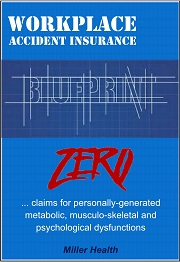

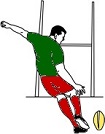






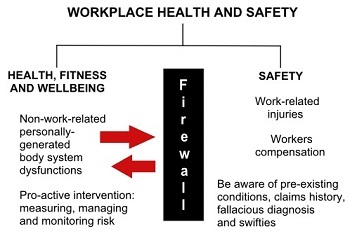


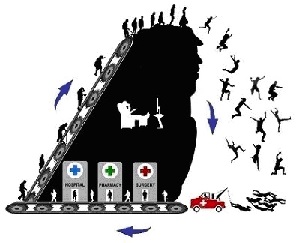
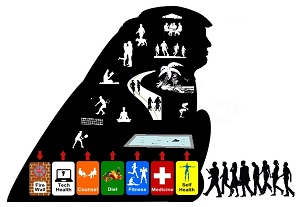

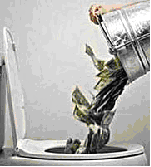



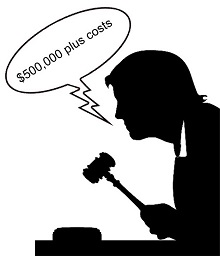
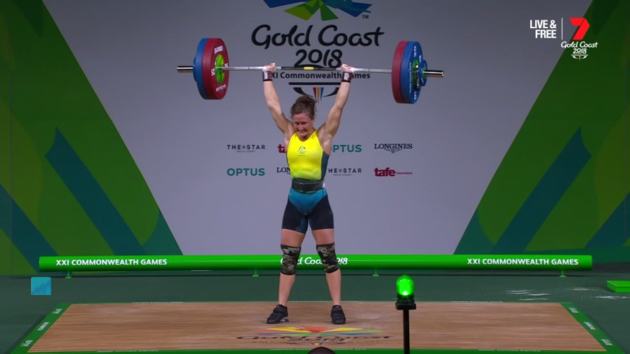




.jpg)





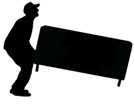


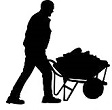







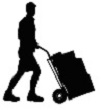
.jpg)




